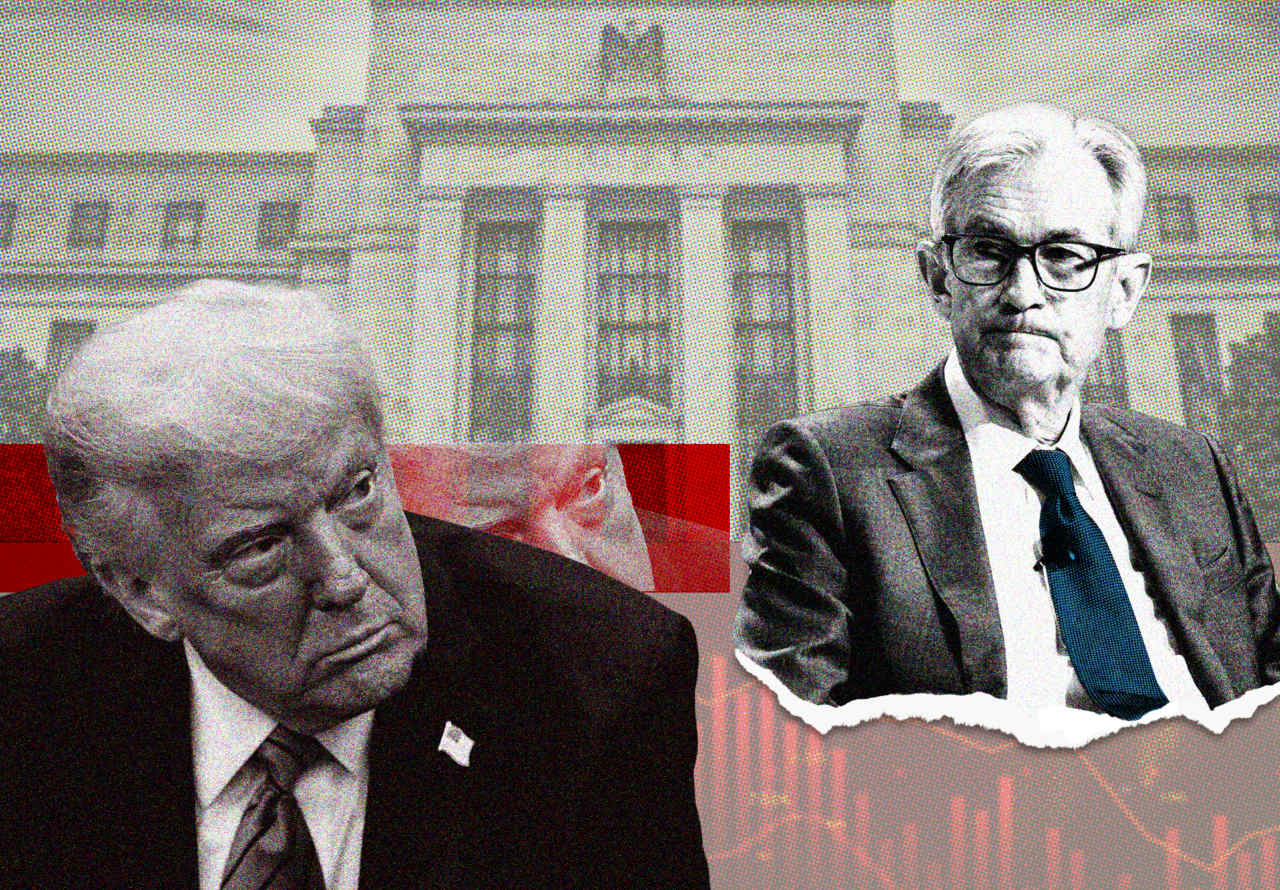May 4, 2025
The Federal Open Market Committee (FOMC) is set to convene on May 6 and 7, 2025, in a meeting that has drawn intense scrutiny from both President Donald Trump and Wall Street investors. Expectations for significant monetary policy shifts, particularly interest rate cuts, are high, but analysts and market signals suggest that the Federal Reserve, led by Chair Jerome Powell, is unlikely to deliver the aggressive action Trump and investors are hoping for. This could lead to disappointment across political and financial spheres, potentially exacerbating market volatility already strained by Trump’s trade policies.
Trump’s Push for Rate Cuts
President Trump has been vocal in his criticism of the Federal Reserve, repeatedly urging Powell to lower interest rates to stimulate economic growth. In a recent Truth Social post, Trump called Powell a “major loser” and insisted that “preemptive cuts” are necessary to prevent an economic slowdown, claiming inflation is “virtually nonexistent.” His rhetoric has intensified since the announcement of sweeping tariffs on April 2, which have roiled markets and raised fears of inflation and reduced growth. Trump argues that rate cuts could counteract the economic drag from these tariffs, which include 125% levies on Chinese imports and reciprocal tariffs on over 75 countries.
Trump’s pressure on the Fed is not new. During his first term, he frequently clashed with Powell, whom he appointed in 2018, over rate hikes, and has now escalated threats, including suggestions of firing Powell before his term ends in May 2026. However, legal experts and Powell himself maintain that the president lacks the authority to remove a Fed chair without cause, a protection upheld by a 1935 Supreme Court ruling. Despite these constraints, Trump’s public attacks have fueled uncertainty, with some speculating he may attempt to undermine the Fed’s independence, a move that could destabilize global markets.
Investors’ Hopes and Market Dynamics
Investors, grappling with a 16% drop in the S&P 500 since its February 19 peak and a dollar at a three-year low, are also pinning hopes on a dovish Fed. The market sell-off, which erased nearly $5 trillion in value since early April, has been driven by Trump’s tariffs and fears of a Fed shakeup. Many investors anticipate that a rate cut could restore confidence, weaken Treasury yields, and bolster equities. Posts on X reflect this sentiment, with some traders noting a 76% chance of a June cut per CME FedWatch, though expectations for May remain low.
However, the Fed’s current stance suggests caution. In March, the Fed held rates steady at 4.25%–4.5%, and Powell warned that tariffs could fuel inflation while slowing growth, creating tension with the Fed’s dual mandate of price stability and maximum employment. Market data indicates that the Fed’s preferred inflation measure, the Personal Consumption Expenditures (PCE) index, remains above the 2% target, accelerating slightly in February. This persistent inflation, combined with uncertainty over tariffs’ long-term effects, makes an immediate cut unlikely.
Why the Fed Is Likely to Hold Firm
Analysts widely expect the Fed to maintain its current rate range during the May meeting, disappointing those anticipating a pivot. Powell has emphasized that the Fed will not rush decisions, particularly without clearer data on how tariffs will impact inflation and growth. The Fed’s independence, seen as a cornerstone of global market stability, is under scrutiny, and any perception of yielding to Trump’s pressure could undermine its credibility. Austan Goolsbee, Chicago Fed president, recently stressed the importance of maintaining monetary independence to preserve the Fed’s authority.
Moreover, the Fed’s cautious approach is driven by economic indicators. While Trump claims inflation is negligible, real-time data shows price growth above target, and tariffs are expected to exacerbate this by raising import costs. The labor market remains robust, reducing the urgency for stimulus, and the Fed anticipates only gradual rate reductions over the next year if conditions stabilize. A premature cut could risk reigniting inflation, a concern Powell highlighted last week when discussing the Fed’s “challenging scenario.”
Potential Fallout
If the Fed holds rates steady, as expected, Trump’s reaction could amplify market unease. His previous threats to fire Powell triggered a 2.4% drop in the S&P 500 on April 21, with the Dow falling nearly 1,000 points. Investors fear that continued attacks on the Fed could lead to a “global buyers strike” in bonds, pushing yields higher and increasing borrowing costs. Gold prices, already at record highs of $3,480 per ounce, could climb further as a safe-haven asset amid a weakening dollar.
For investors, a lack of rate cuts may prolong the bearish sentiment, with the S&P 500 teetering on the edge of bear market territory (a 20% decline). Some analysts, like those at Deutsche Bank, warn that equities could fall another 5.5% if investor positioning retreats further. On X, market watchers predict choppy trading, with earnings from tech giants like Alphabet and Tesla potentially overshadowing Fed news but not fully offsetting policy disappointment.
Conclusion
The Federal Reserve’s May 6–7 meeting is poised to be a focal point for Trump and investors, but the central bank’s likely decision to hold rates steady will disappoint those expecting immediate relief. Powell’s commitment to data-driven policy and preserving Fed independence, coupled with persistent inflation and tariff uncertainties, suggests no rush to cut rates. As Trump continues to challenge the Fed and markets remain jittery, the stage is set for heightened volatility, with significant implications for the U.S. economy and global financial stability.
